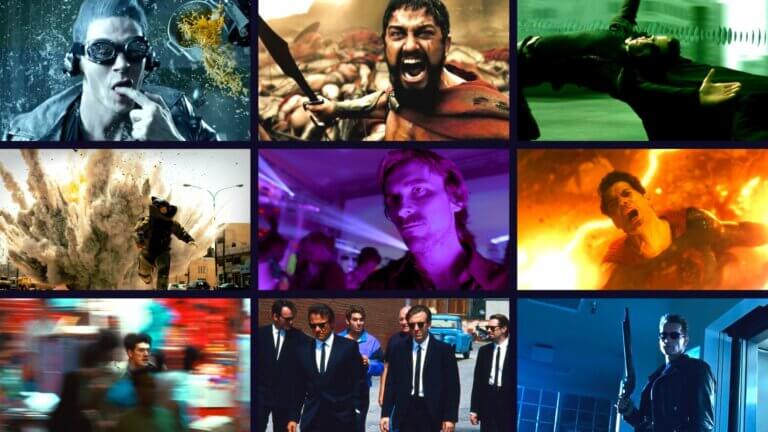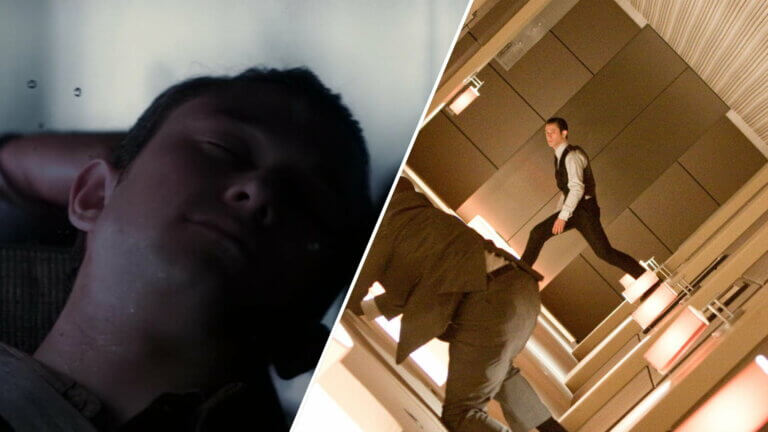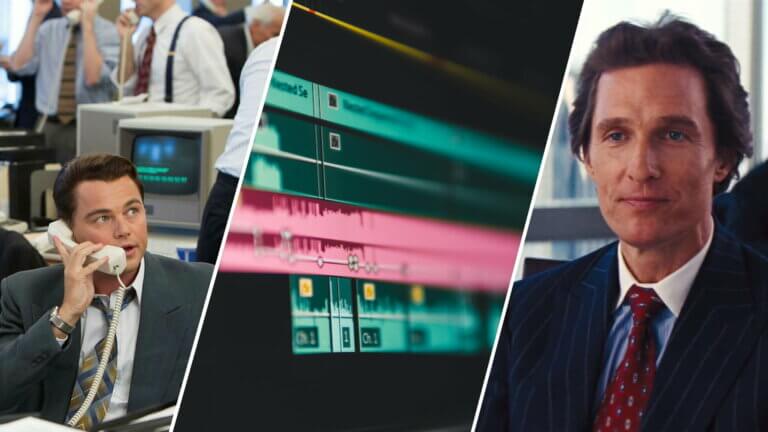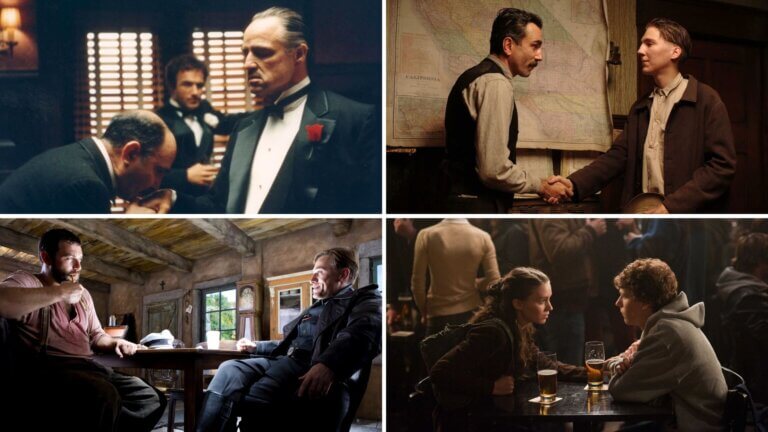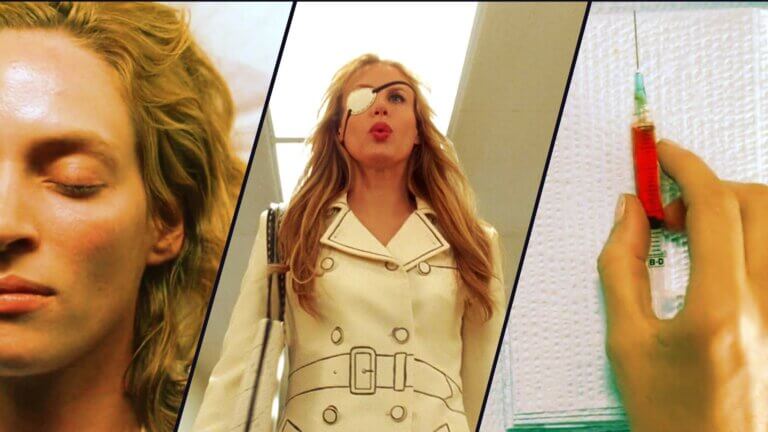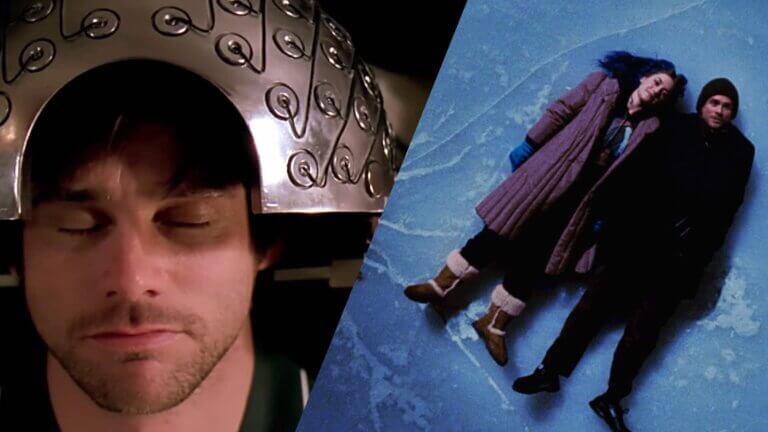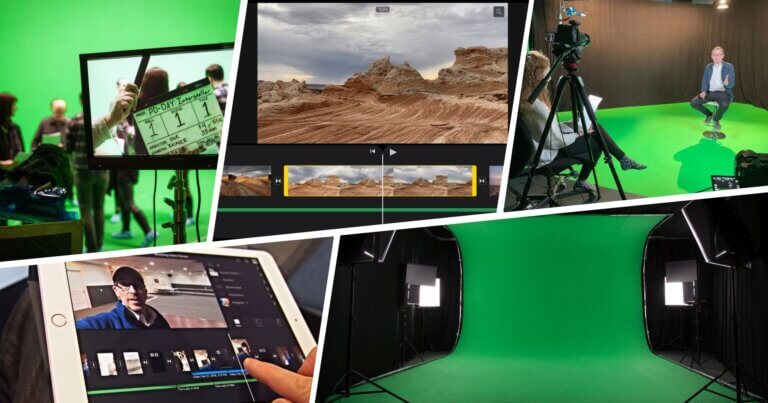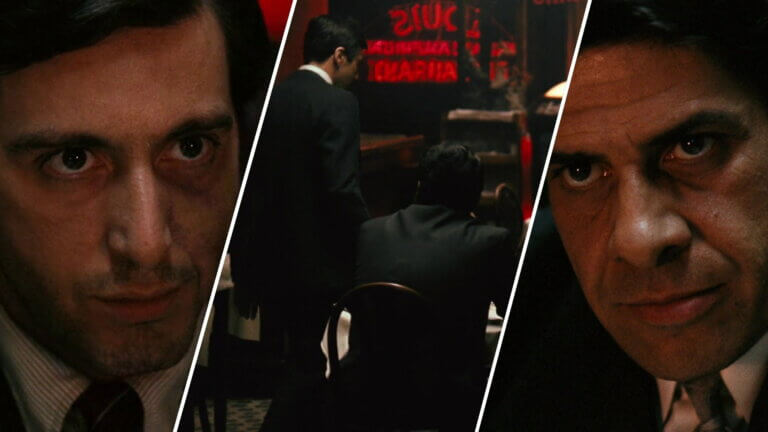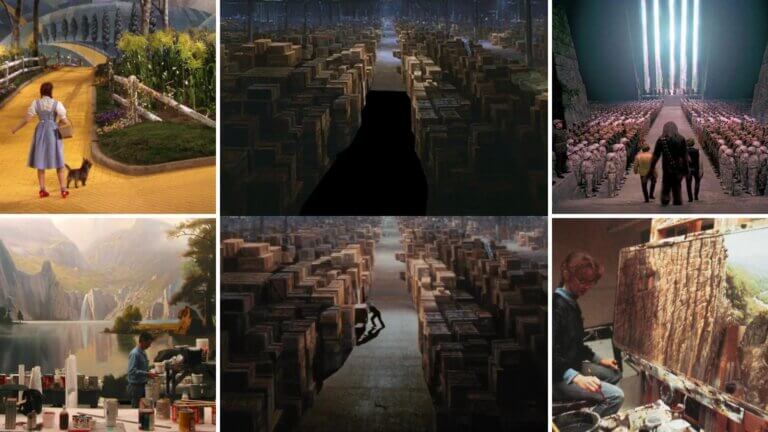Like anyone who has spent two hours waiting at the DMV can attest, emotional states are affected by the perception of time. In filmmaking terms, we want to take a moment to discuss one of the most commonly used time manipulation techniques — slow motion — and how it can be used to add deeper, emotional intensity to a scene or sequence. Continue reading How to Use Slow Motion to Create Iconic Moments
What is screen direction in film? Why is it important? And how can it be used creatively? We’ll be answering all of these questions and providing you with everything you need to know about screen direction. We’ll get started with a comprehensive definition, then drill down deeper into the various techniques and applications associated with screen direction for film. Continue reading What is Screen Direction in Film — How to Preserve Continuity
There are countless ways to cut a movie. Sometimes it’s best to do straight-forward, continuity editing– one scene happens, then the next. But sometimes, a less obvious editing technique can bring a sequence to life. Parallel editing is one of these unique editing forms that can elevate a movie, drawing comparisons and heightening suspense. So what is parallel editing in film? How can it be used?Continue reading What is Parallel Editing in Film — And Why Editors Use It
Are you having trouble transitioning from one scene to the next? Maybe you feel like there’s something missing in the cut. Or maybe the cut is just far too abrupt and distracting. Sound bridges are an incredible editing technique that can be found in nearly every film you’ve seen. What is a sound bridge in film and how is it used? In this article, we’ll take a look at various ways filmmakers use sound bridges to tell their stories and move them along in an engaging way. Continue reading What is a Sound Bridge in Film — Scene Transition Techniques
Great performances, direction, cinematography, and even production design are all essential for creating an engaging dialogue scene. But one of the most important aspects of a great dialogue scene is effective editing. Editing can make or break a dialogue scene even if all of the other filmmaking elements fall into place. So how do you edit a dialogue scene? What editing techniques can be used so that a dialogue scene stays interesting and engaging? We’ll learn how to edit a dialogue scene and what techniques go into a great dialogue scene in this article. Continue reading How to Edit a Dialogue Scene…
A split screen immediately draws attention to itself. It’s a technique which signals a certain stylization and, by its very nature, divides our attention between multiple frames. Because of this, split screens are often used sparingly. And yet, when used well, they can create some instantly-iconic juxtapositions that elevate a story. Here are some of the finest split screen film examples ranked.Continue reading Split Screen Film Examples — How Split Screens Tell a Story
Cinematographers and editors work together to create sequences that resemble reality. Once an editor gets the footage, if there are mistakes that create unintended disorientation, editors need to go to their tool belt. One way to do this is to use cutaway shots. As a cinematographer, it’s always important to shoot cutaway shots because it gives the editor an opportunity, one, to get creative, but also to fix any continuity errors. What does that mean? And what else can cutaway shots do you for your film? Let’s find out.Continue reading What is a Cutaway Shot — Why Editors and DP’s…
iMovie has become a game changer for amatuer filmmakers on a budget. But just because you’re on a budget, doesn’t mean you can’t use some visual effects in your work. Using a green screen can open up new doors for stories you want to tell. So in this article, we’ll take a look at each step on how to use a green screen in iMovie.Continue reading How to Use a Green Screen in iMovie — 4 Quick and Easy Steps
How do you create a compelling character in the editing room? The choices an editor makes greatly impact how audiences receive a character. In moments of change or distress, we want the audience to actively engage with the thoughts and emotions that motivate our character’s decisions. By understanding their characters, editors can employ editing techniques to create a consistent visual language signifying moments of character development. This is called character-driven editing. In this post, we will be breaking down character-driven editing in The Godfather restaurant scene so that you can implement these techniques in your next project.Continue reading The Godfather…
Matte painting is a technique used in filmmaking to create unique and realistic sets on a low budget. This method has been used by filmmakers since the early 1900s and has become an integral part of creating stunning visuals for films. But what is matte painting in film production? In this article, we will look at what it is, its history, and how it can be used to enhance storytelling through film.Continue reading What is Matte Painting in Movies — Definition and Examples
